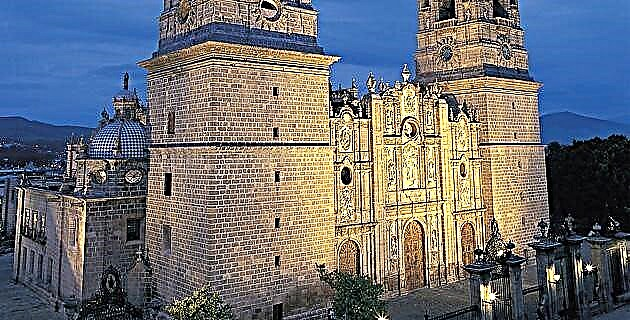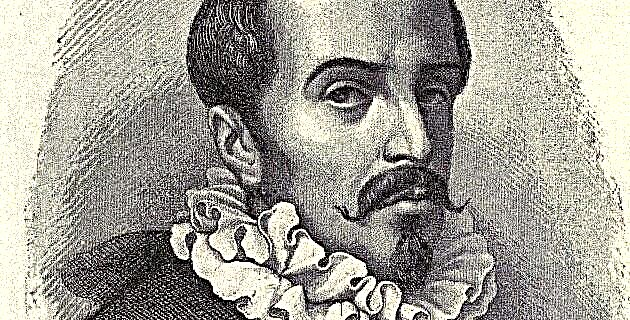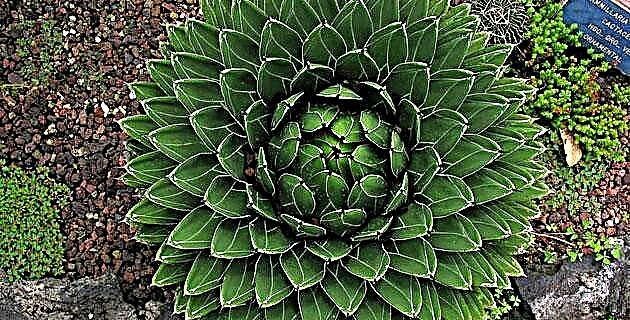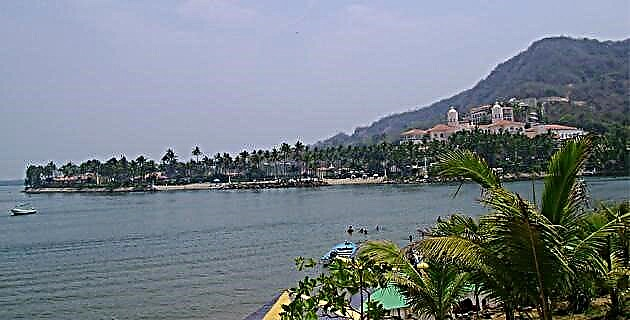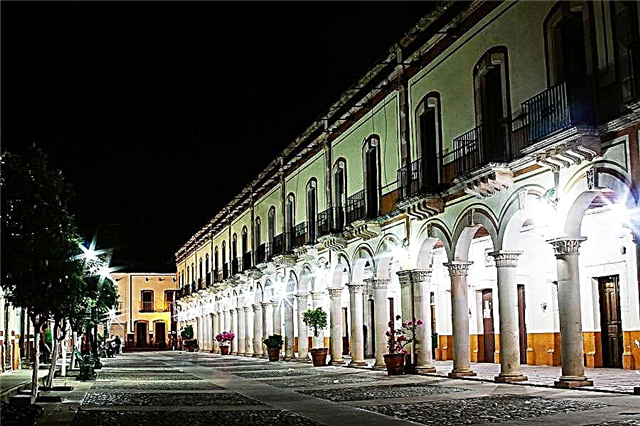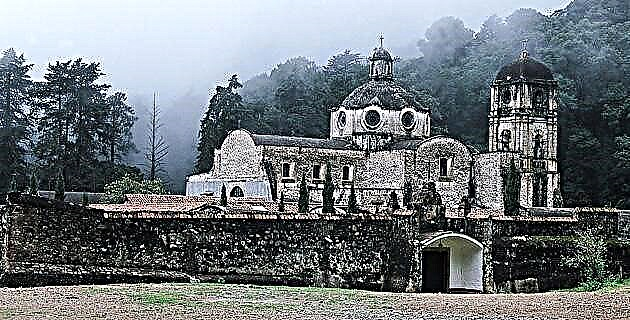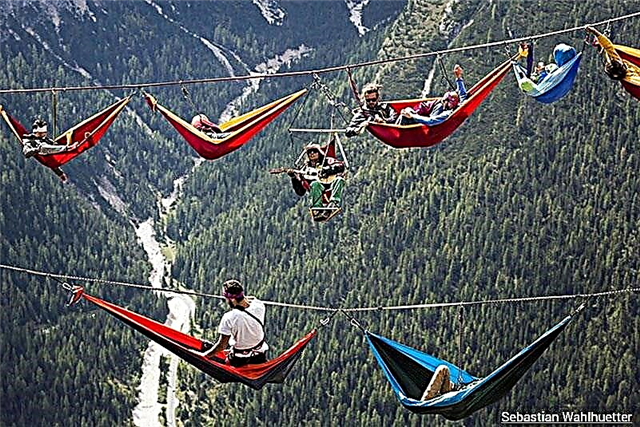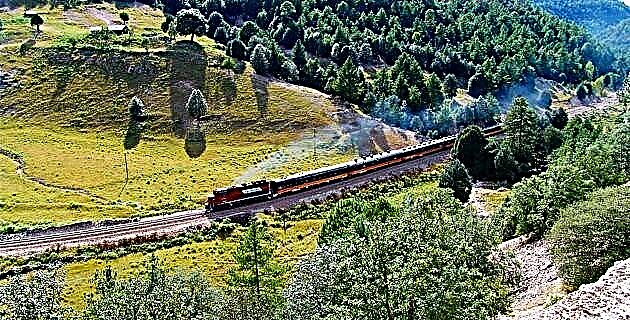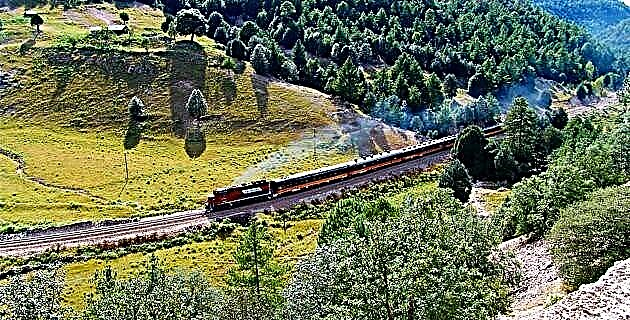
Who wants to travel at high speeds if they can enjoy a journey at 40 km per hour? Touring the Sierra Tarahumara aboard the Chepe is an experience that makes us recover the essence of the trip.
Okay, in 16 hours you can get to many places, a plane could take us to China, and most likely that is how long it takes for an executive to get to and from a business meeting in the United States. In fact, it takes an hour or two for a plane to transport us a thousand kilometers away and drop us off on an exotic Caribbean island. So why take a train that takes about 16 hours to travel 650 kilometers? The idea might seem out of time, but although it is not the fastest, it is the best way to enjoy the trip between the city of Chihuahua and Los Mochis, in Sinaloa.
The 16 hours of travel return the experience of displacement and the very idea of traveling, but above all, the 16 hours are the best excuse to see some of the most incredible landscapes of our country from a privileged viewpoint, which is not small. thing.
El Chepe is the name of the train that crosses the Copper Canyon, in the highest part of the Sierra Tarahumara, a system of canyons four times more extensive than the Grand Canyon of Colorado, which crosses the south of the state of Chihuahua. Even today, the idea of building a train line on some of the most rugged terrain in the country sounds far-fetched, and more than 100 years ago it must have been insane. However, in 1880 the construction of the line began to be planned, by the Utopia Socialist Colony company based in Indiana, United States. Who else could venture into this endeavor than a group of utopians? The original idea was to create colonies based on utopian socialism, a doctrine that proposed a very different model of society from the capitalist one, but the construction led to bankruptcy not only the utopians, but also the many companies that continued to take charge of the project until It was completed in 1961, leaving a monumental work that has been listed as one of the best train tours in the world.
There are several ways to make the trip, even starting from the city of Chihuahua, but very little is known about what a trip is like from the other point, that is, from Los Mochis, Sinaloa, since from here it does not take long to start. to see the best landscapes and when night falls we will have left the Barrancas area. The estimated time of arrival in the city of Chihuahua is at 10:00 p.m., but it is possible to make up to four stops at one of the seven tourist stations and spend the night in one of the many hotels in the area, and take the train the next day, which may well extend from 16 hours to a full week.
The train begins to penetrate between corn plantations and tropical vegetation typical of the Mexican Pacific. It's hard to believe that in a couple of hours the Copper Canyon would emerge, but before that it stopped at El Fuerte, a colonial town that has mansions turned into boutique hotels and a cathedral surrounded by lush vegetation. The train only stops for a few minutes, enough to catch the particular atmosphere that these towns maintain, where life continues to revolve around the arrival of the railway. The handicraft vendors display their wares to the tourists, the ladies offer food at the stalls, there are greetings and farewells, and once again the train starts again.
Much of the trip is tunnels, around 86. As we pass through the town of Témoris and head to Bauchivo, there is enough time to have breakfast and check what several people say, that the hamburgers made in the dining car are incredible, 100 meat % Chihuahuan.
Tarahumara walk
The train arrived at Bauchivo, a small station in the middle of an open field. Here the main attraction is Cerocahui, 45 minutes from the station, the main attraction of the place. The trip is "downhill" and perfect to see how the people of the mountains live. There are ranches with houses that seem carved out of the rock and farmland is scarce. The vans with United States plates reveal that these places, like many others in Mexico, send many countrymen "to the other side", looking for a better future for their families and communities, and the only thing that seems to be repeated are the stores and houses. exchange.
On the way, everyone talks about the Cerro del Gallego, from where you can see the Urique Canyon, the largest in the mountains, with 1879 meters deep. Cerocahui is a peaceful town, with excellent hotels and a Jesuit mission with a façade the color of the mountains. I could stay to rest, but the day is enough to go to the Urique Canyon and I want to take a look.
It is not only the depth that impacts the Cerro del Gallego, it is the breadth of the valleys that can be seen, the mountains that are lost in the distance and the roads that are barely seen as a thin thread between the landscape. At the bottom of the canyon you can see a river and a town, it is Urique, a mining town founded in the late seventeenth century and home to the famous Tarahumara marathon that is held every year.
It is precisely at this viewpoint that I have my first contact with the Tarahumara population. A family that sells bags, palm baskets, and wooden figures and instruments. Their multicolored dresses contrast with the ocher tones of the stones and are worthy of admiration for the attachment they have for their land, fascinating but with a very hard life.
Season after season
After spending the night in Cerocahui, I return the next day to Bauchivo station. This part of the trip is short, only an hour and a half to get to Divisadero, where the train stops for 15 minutes to admire the ravines from its famous viewpoint. This place is one of the best to stay, as there are numerous hotels right on the edge of the canyons and there are waterfalls, lakes, paths and natural attractions that can be explored.
It is in this part of the journey where I understand that a single trip to the Copper Canyon is not enough, so I take it easy and return to the train. After an hour's walk we pass through Creel, the largest town in the mountains and the point where the Sierra Tarahumara begins, or ends as you see it.
The landscape changes by plains and valleys that seem endless, landscapes of golden wheat fields, a deep blue sky and an evening light that crosses the train from side to side, moments of calm that the train employees take advantage of to sing some melodies on the guitar. and that we passengers enjoy while drinking a beer. The Mennonite farms of the city of Cuauhtémoc parade through the window, small towns and landscapes that are hidden as the sun turns into a reddish strip that ends up disappearing.
It is strange, but nobody looks impatient to arrive, in fact many of us would like to stay a while longer, after all the weather is warm and the night breeze is perfect, but El Chepe is relentless and enters the city of Chihuahua on time, stopping traffic and announcing with his whistle that he is back.
____________________________________________________
HOW TO GET
The city of Los Mochis is 1,485 kilometers from Mexico City and the city of Chihuahua is 1,445 kilometers from the country's capital. There are flights from D.F. and Toluca to both destinations.
____________________________________________________
WHERE TO SLEEP
Divisadero
Cerocahui
Creel
The strong
____________________________________________________
CONTACTS
Train schedules and prices at: www.chepe.com.mx
Attractions and accommodation options throughout the trip:
———————————————————————————–
To know more about Routes through Mexico
- From Arteaga to Parras de la Fuente: the southeast of Coahuila
- Route of the flavors and colors of the Bajío (Guanajuato)
- Route through the Chenes region
- Totonacapan Route

